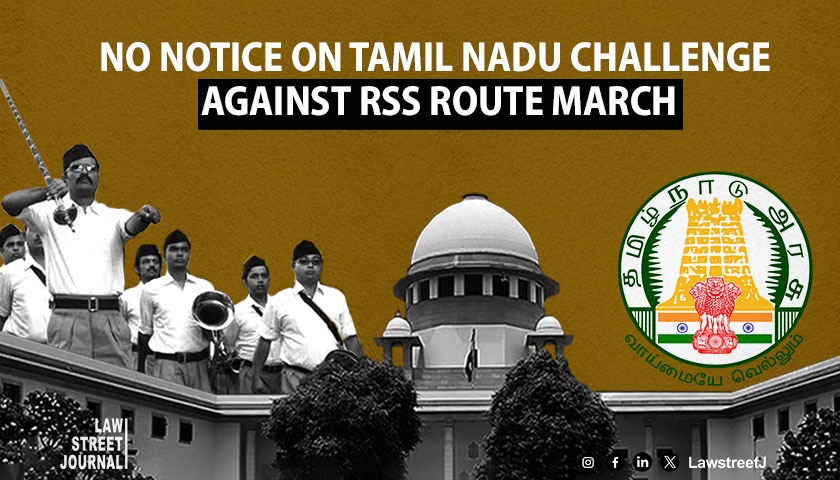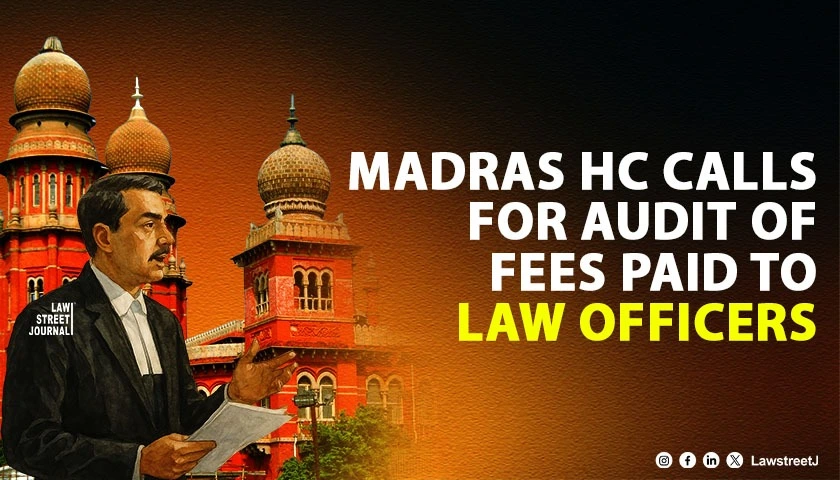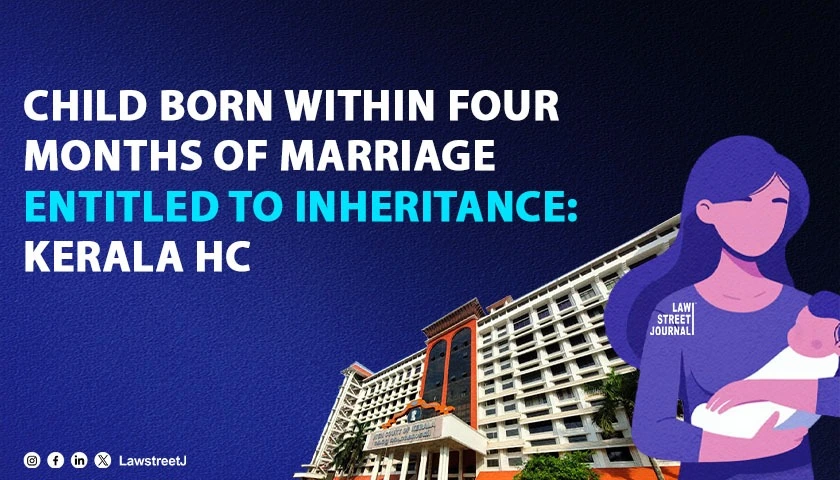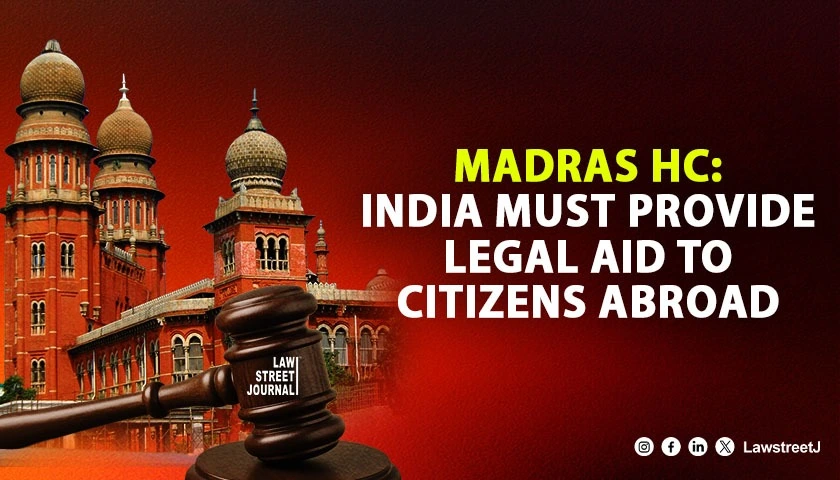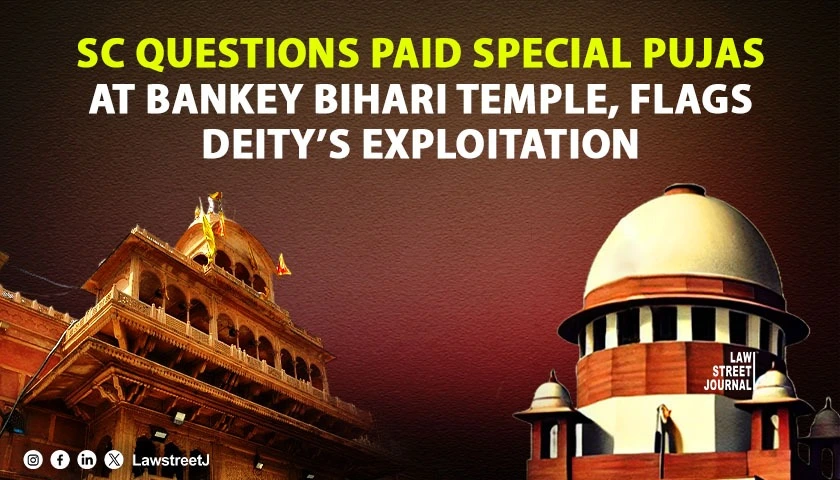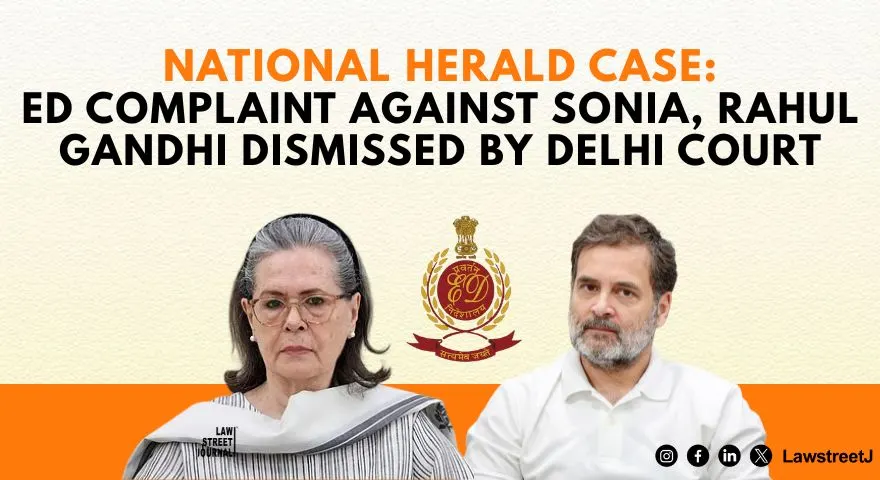CHENNAI: While granting bail to a man who was arrested last year under the provisions of Unlawful Activities Prevention Act (UAPA), the Madras High Court asked a pertinent question does the killing of Hindu religious leaders by itself constitute a terrorist act?
Before a Bench of Justices SS Sundar and Sunder Mohan, the prosecutions case was that under Section 18 of the UAPA, Appellant/A1 and A2 conspired to commit terrorist acts in India against Hindu religious leaders belonging to the BJP and RSS.
The Court noted that the evidence disclosed that the conspiracy was to attack certain religious leaders. It was not spelt out how, that would amount to a terrorist act as defined under Section 15 of the UAPA.
In order to bring an act under Section 15 of the UAPA, the act must be done with an intent to threaten or likely to threaten the unity, integrity, security, economic security, or sovereignty of India or with an intent to strike terror or likely to strike terror in the people or any section of the people in India or in any foreign country," the Court said.
The question as to whether the killing of Hindu religious leaders by itself can constitute a terrorist act is debatable, it held.
However, considering the broad probabilities of the case from the materials collected by the prosecution, one cannot definitely conclude that there was a conspiracy to commit a terrorist act, though there is a conspiracy to commit other illegal acts including serious offences. However, we make it clear that our observations with regard to the prima facie case under Sections 18 and 38(2) of the UA (P) Act are only made by taking into consideration the broad probabilities of the case and for the purpose of considering the bail application," it added.
It also took note of the fact that there was no clarity on whether the police had acquired requisite sanction for prosecuting the accused within seven days of the Investigating Officer having acquired evidence, as mandated under the Act.
The Court also didnt find sufficient evidence by the prosecution to prove that A2 is a member of ISIS.
Even assuming that A2 is a member of ISIS, the text messages only indicate that the appellant/A1 wanted to be close to A2. Proximity to an individual is different from associating oneself with or professing to be associated with the terrorist association to further its activities, the Court observed.
On these grounds, the accused was released on bail along with certain conditions in place.



![Madras High Court Directs Tamil Nadu Government to Ensure Quota for Transgenders in Local Body Elections [Read Order]](/secure/uploads/2023/08/lj_2507_7a03d113-08b1-4670-b6fb-9058aee481d0.jpg)
